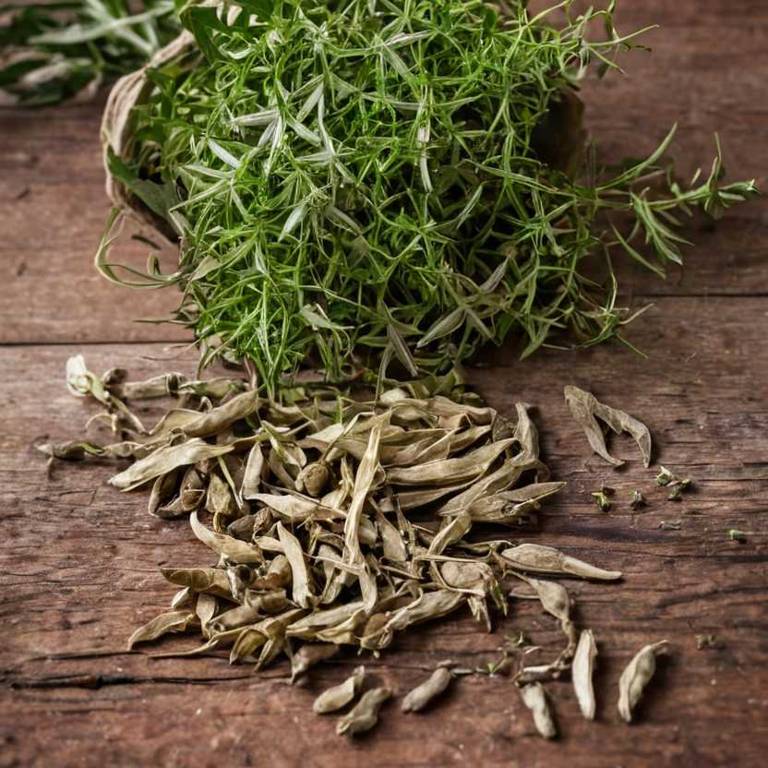Galega Officinalis: What To Know Before Using It For Medicinal Purposes

Galega officinalis, commonly known as goat's rue, is a herbaceous plant native to Europe and parts of Asia, historically valued for its medicinal properties.
Traditionally used in herbal medicine, it has been employed to treat diabetes due to its potential hypoglycemic effects, attributed to the presence of compounds like galegine. The plant contains various alkaloids and saponins that may support metabolic functions and reduce blood sugar levels. However, it is important to note that Galega officinalis can be toxic in large doses, causing symptoms such as nausea, vomiting, and even paralysis, which necessitates careful use under professional guidance.
Despite its risks, it remains a subject of research for its potential role in managing diabetes and other metabolic disorders.
Health Benefits
Galega officinalis has several health benefits, such as its potential to support metabolic health due to its high content of bioactive compounds like saponins and alkaloids.
It has been traditionally used to aid in weight management and may help regulate blood sugar levels, making it beneficial for individuals with diabetes. The plant also exhibits anti-inflammatory properties that can help reduce chronic inflammation associated with various diseases. Additionally, Galega officinalis may support digestive health by promoting healthy gut function and alleviating symptoms of gastrointestinal disorders.
Overall, its diverse pharmacological properties make it a valuable herb in natural medicine.
10 Best Health Beneift of Galega officinalis
Bioactive Constituents
Galega officinalis has several bioactive constituents, such as alkaloids, saponins, flavonoids, and glycosides, which contribute to its medicinal properties.
Among these, the alkaloids, particularly galegine and sparteine, are the most well-known for their pharmacological effects. These compounds exhibit antispasmodic, antihypertensive, and cardiotonic activities, making them valuable in treating conditions like hypertension and cardiac arrhythmias. Additionally, the plant contains flavonoids that possess antioxidant and anti-inflammatory properties, supporting its use in managing oxidative stress and inflammatory disorders.
The combination of these bioactive compounds makes Galega officinalis a significant source of natural therapeutic agents.
Medicinal Preparations
Galega officinalis has several medicinal preparations, such as teas, tinctures, and topical salves, which have been traditionally used for their therapeutic properties.
The leaves and stems are commonly dried and brewed into teas to help alleviate symptoms of diabetes by improving insulin sensitivity. Tinctures made from the plant are often used to support urinary tract health and reduce inflammation. Additionally, its roots and leaves can be prepared into poultices to treat skin conditions and reduce pain.
These preparations highlight the plant's historical and ongoing importance in herbal medicine for various health concerns.
Side Effects
Galega officinalis can have some side effects, such as gastrointestinal discomfort, including nausea, vomiting, and diarrhea, due to its high concentration of alkaloids.
Prolonged use may lead to liver damage, as some compounds in the plant are toxic to liver cells. It can also cause cardiovascular issues, such as irregular heartbeats, due to its stimulant properties. In high doses, it may lead to seizures or neurological symptoms, affecting the central nervous system.
Therefore, it is important to use Galega officinalis under medical supervision to minimize these potential risks.